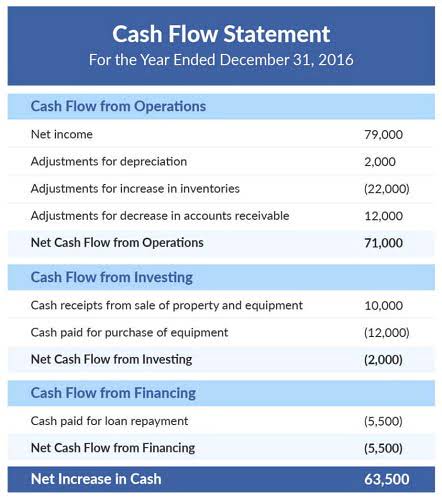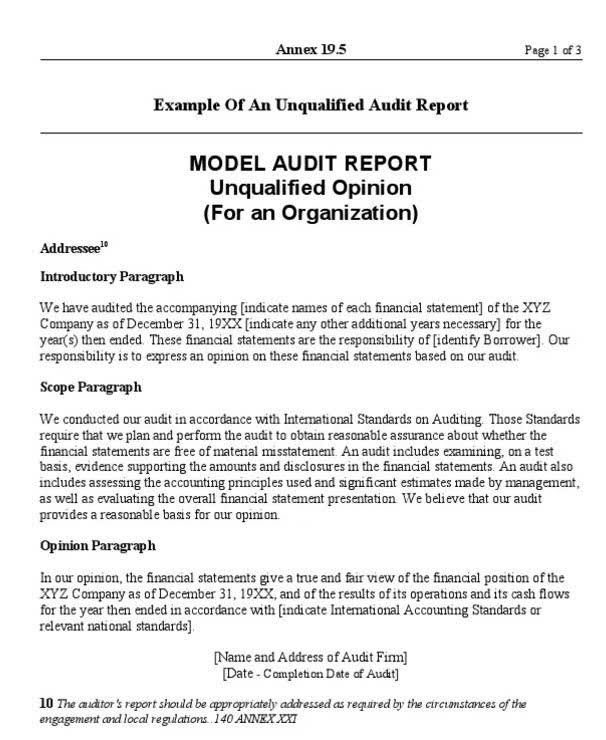However, that does not mean addicts are confronting this spiritual ailment by themselves. While an addict’s spiritual malady triggers a compulsive need to use drugs, other people’s spiritual conflicts may take the form of a gambling problem, anxiety, depression, or eating disorder. When I accepted that the ‘spiritual malady’ was about my beliefs, thoughts, and emotions, I came to see that many of my own beliefs and thoughts on this subject were contributing to my disease. I had many old ideas and prejudices that had to be examined and released.
These traits defy written or verbal description, as they convey an innate understanding of the cosmos and are also transient, meaning the experiences do not last forever. Also, they are passive, in the sense that people do not have an influence over the phenomenon. Alcoholics Anonymous bases the 12-step program on 12 affirmations, or what they https://ecosoberhouse.com/ call 12 traditions. These expressions that help people recovering from addiction regain a spiritual footing once again. Addicts and alcoholics may rid themselves of their drug or alcohol dependency by completing the Twelve Step process. This will allow them to undergo the required shift in thought that will free them from their addiction.
Big Book Sponsorship Store
These are our thought suppressions and emotional repressions that also bias the system towards threat physiology. One is a mobilization response to threat where we can prejudge, react, attack, argue, criticize, blame, and experience interpersonal disconnections. The other threat phenotype is one of relative immobilization where we retreat, ruminate, isolate, dissociate and experience bodily and spiritual disconnections.

I was the director in the drama of life and managing the world so I could get what I thought I needed to feel ok. Fear and resentment dominated my thoughts and I made decisions based on self which caused me harm and harmed others. According to Alcoholics Anonymous, informally known as The Big Book, when someone with alcoholism drinks, they have an abnormal reaction likened to an allergic reaction. Once a person with AUD takes an alcoholic drink, the body craves more on a physical level.
Real Meditation for Real Alcoholics
Now, many people find the idea of spirituality in recovery offputting. This is because many people have had negative experiences with various religions or religious concepts in their youth. The good news is that spirituality and religion do not have to overlap in recovery.

Old timers and recovering people with more experience can explain in layman’s terms just what the author Bill W. Spiritual awakenings occur when we see glimpses of the much bigger picture around us and find humility in the moment. We can become aware that humility is not thinking less of oneself, but rather thinking of oneself less, and that we are worthy of self-compassion.
What is A Spiritual Malady?
These negative cognitions have been shown to predict PTSD symptom severity better than other risk factors (Ehring, Ehlers, & Glucksman, 2006) and to predict the persistence of PTSD symptoms (Fairbrother & Rachman, 2006; Halligan, Michael, Clark, & Ehlers, 2003). But there is more to our threat load than the physical and spiritual. We have the subawareness shadow part of our physiology that tends towards a defense bias and trigger. Our brains are constantly searching to see if we are safe or threatened and this subaware mechanism fine tunes the system based on the incoming information.

For many folks, including myself, ‘the spiritual’ aspects of recovery can be a challenge. We tend to show up with a truckload of old ideas in this area and a lot of us consider ourselves to be atheists. Spiritual awakenings don’t necessarily happen the way we might expect, along a timeline we prefer, or in a form obvious to us. Spiritual awakenings often evolve so gradually that they are almost imperceptible.
Trauma and PTSD Symptoms: Does Spiritual Struggle Mediate the Link?
And only when our eyes, ears, mind, and heart are fully open, are we positioned to discern, receive, and appreciate them. Perhaps one of the most famous quotes in all 12-Step literature comes from the English philosopher Herbert Spencer. At Time 1, participants reported levels of psychological distress using the PTSD Checklist-Civilian (PCL; Blanchard, Jones-Alexander, Buckley, & Forneris, 1996), a widely used self-report measure that corresponds with diagnostic criteria for PTSD. The PCL contains 17 items rated on a five-point Likert scale from 1 (not at all) to 5 (extremely). But of the few who kept up with the God-consciousness proposal, improving it through prayer and meditation, life was amazingly productive and full of peace. They developed mastery over resentment, became free of anger and gained courage through the defeat of fear.
Future research should examine whether a meaning system that is retained but altered in this way is more adaptive than losing the meaning system altogether. Although stressful events, both those that qualify as trauma and those that do not, may lead to PTSD symptoms, traumatic events are hypothesized to lead to higher levels of symptomatology. Finally, it is hypothesized that spiritual struggle will mediate the relationship between trauma and PTSD symptoms. Exploratory analyses are conducted to identify the strength and direction of the relationships between the subscales of spiritual struggle and PTSD symptoms. Clinicians working with trauma victims should be aware of the possible relevance of spiritual struggle in clients’ interpretation of the event and subsequent recovery.

